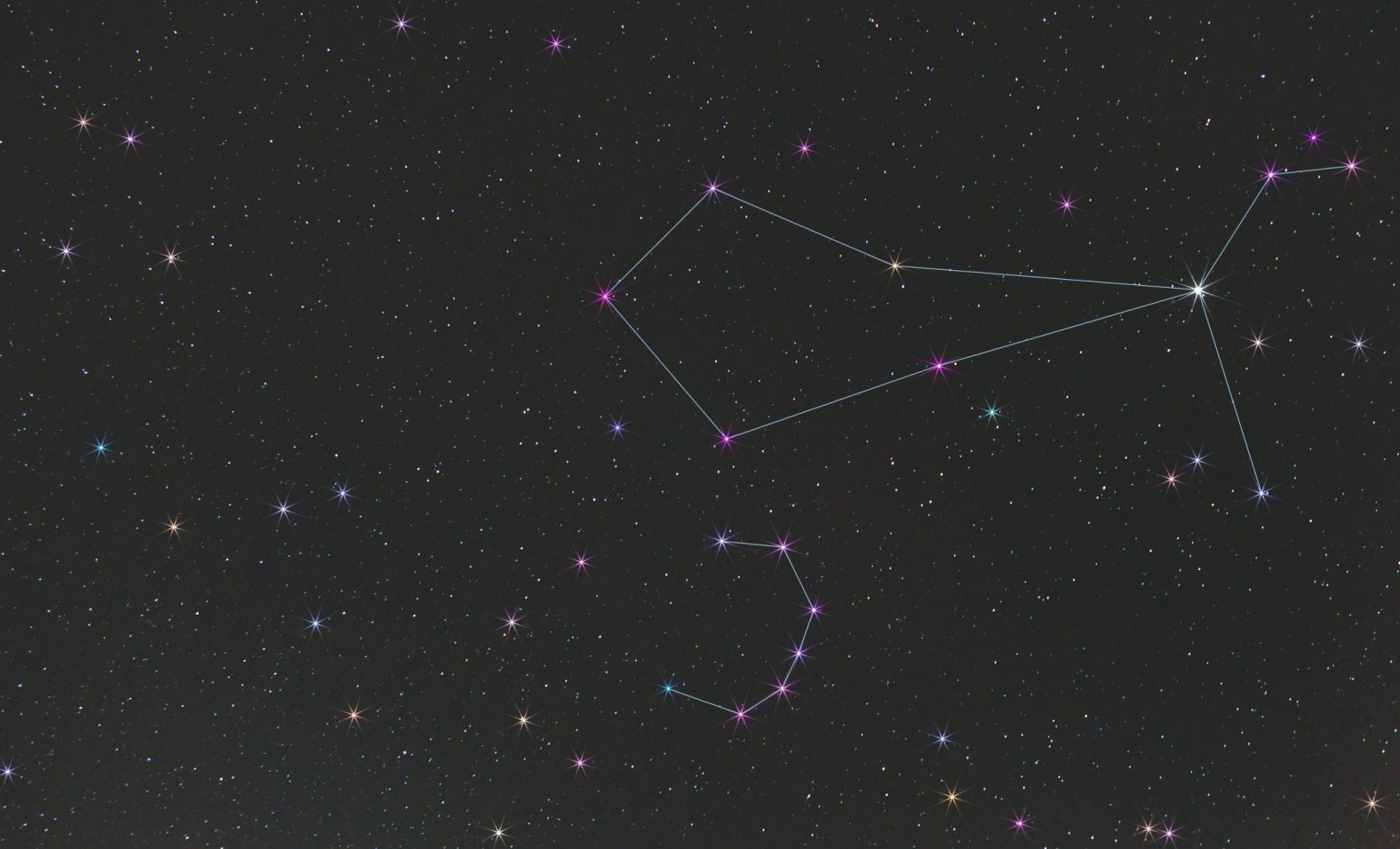
Minnesota Skies: September
Your local guide to observing celestial objects and events
Published09/03/2018 , by Parke Kunkle
Let’s compare the two brightest stars currently shining in Minnesota’s evening sky. At about 9 pm in early September or 8 pm in late September, look for the bright star Vega nearly overhead. Vega is the third brightest star visible from Minnesota gleaming with a blue-white color. Its surface temperature is about 17,000 °F (7,000 degrees hotter than our star) and you could fit about 2.5 of our suns side-by-side across Vega.
In contrast, look for the second brightest star, Arcturus, above the western horizon. Arcturus is the brightest star in the constellation of Boötes, the fourth-brightest in the night sky, and the brightest in the northern celestial hemisphere. Its ruddy color indicates it is cooler than Vega and it sports a surface temperature of just 8000 °F (cooler than our star) but its diameter is about 25 times that of the sun! Our star will look like this in a few billion years.

Compare other stars with this video from EarthSky.org and the European Southern Observatory.
Sky-lights
Keep watching the planets too. As noted below, Venus, Jupiter, Saturn and Mars continue their show during most of the month.
| September | Highlight | Comments |
| 1 | Bright star Spica 1 degree above right of very bright Venus | 8-8:30 pm, Low WSW |
| 1 | Venus low WSW, Jupiter SW, Saturn S, Mars E | 8:30 pm |
| 5 | Mercury 1 ½ degrees above bright star Regulus | 6:15 am, Low E |
| 6 | Mercury just left of Regulus | 6:15 am, Low E Binoculars help |
| 12 | Bright Venus 8 degrees below thin crescent Moon | 7:45 pm, WSW |
| 13 | Jupiter below left of Moon | 8-9 pm, WSW |
| 16 | Saturn 8 degrees left of Moon | 9 pm, SSW |
| 17 | Saturn below right of Moon | 9 pm, SSW |
| 19 | Mars below left of Moon | 8 pm to midnight |
| 22 | Autumn begins in Northern Hemisphere | |
| 30 | Bright star Aldebaran 1 degree from Moon | 11:30 pm, E |
Resources
When viewing planets, stars or constellations in the night sky, it is helpful to use a sky map.
Minnesota Starwatch is another great resource for tracking the night sky.
Meet up with other stargazing enthusiasts via Twin Cities Sidewalk Astronomers, MN Astronomical Society & MN Institute for Astrophysics.

